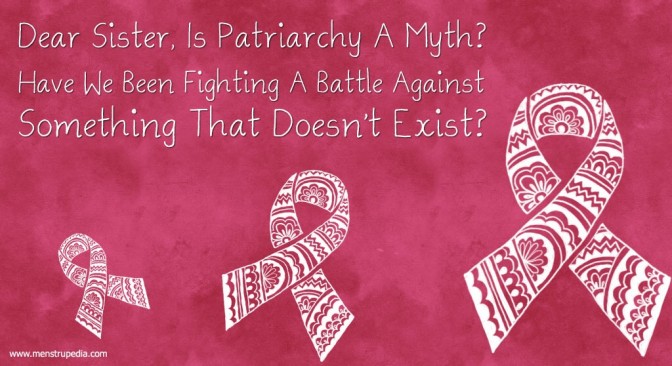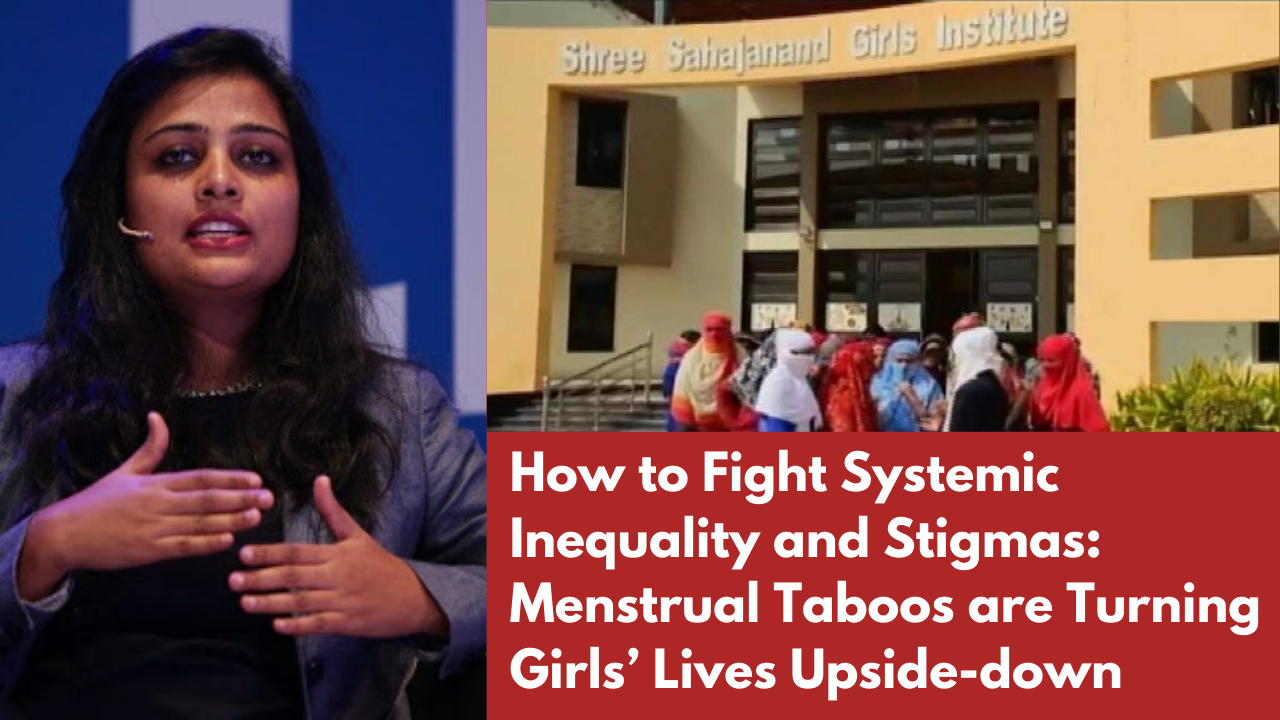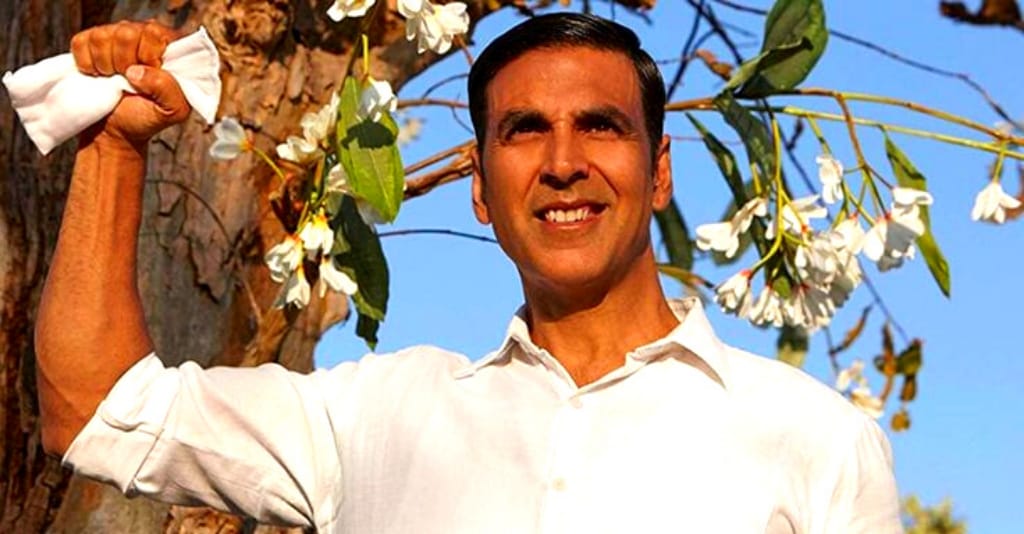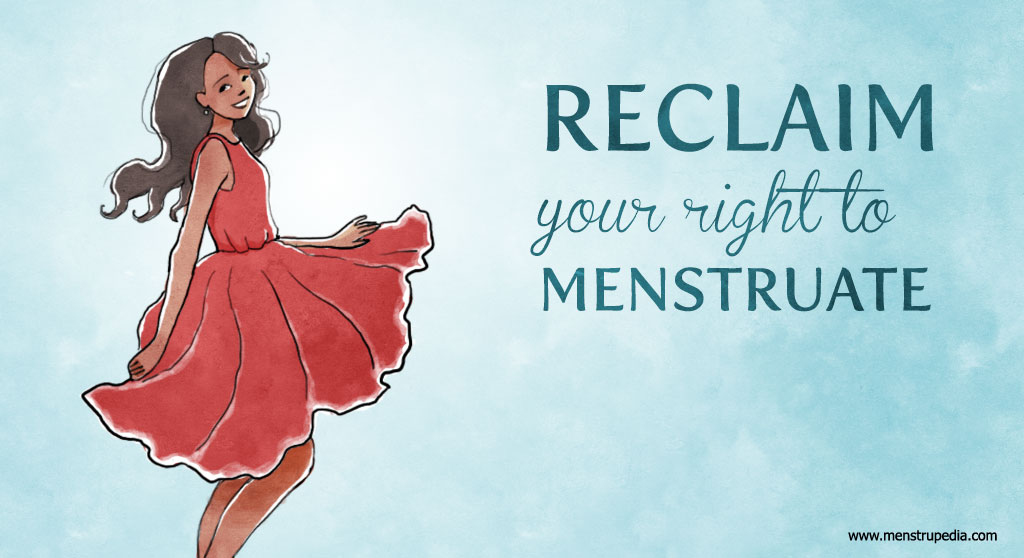I was born in the wee hours of a misty February morning in 1991. It was Shivarathri – or the great night when the maverick Hindu God Shiva takes form into the world. The moment I arrived kicking and screaming, the doctor remarked to my harried mother, [inlinetweet prefix=”” tweeter=”” suffix=”null”]“Tch tch, this is a mistake. It’s a ‘Shive’ instead of a ‘Shiva’”; a girl child instead of a boy child. [/inlinetweet]My parents, however, were pleased with the little ‘Shive’ and took her to a loving home. When my mother dressed me up in shirts and trousers and cut my curly hair short, neighbours often advised her to “please make her look more like a girl.” When we went to the ancestral house of my grandparents each summer, we girls were expected to forgive our little brothers with our big hearts for beating us up, give them the best fruits that came from the orchards, and settle for “what girls deserve.” Our births sung the cacophony of our fates.
We couldn’t stand at the threshold; men would stare. We couldn’t laugh loudly; it was indecent. We couldn’t stray after dusk; it was not safe. We couldn’t go to temples when we bled; we were carriers of impurity.We couldn’t come up to the jagli[1] of the house; evil men would cast their lustful eyes on us. We couldn’t breathe free; it was outrageous.
Last year, my grandfather breathed his last on a cloudy autumn day. My grandfather could never remember how many children he had; he would miss one or two daughters from the count. His preference for male children bothers me in the roots; the roots that have somehow spread to the foundations of my ancestral home.[inlinetweet prefix=”null” tweeter=”null” suffix=”null”] I am his unnamed granddaughter, a granddaughter whose naming ceremony he did not want to ‘take burden of’.[/inlinetweet] Well, another female child who did not deserve a name, who was not worthy of a life.
At sixteen, the P-word entered my lexicon and that explained many of life’s mysteries, answered the questions that had been haunting my dreams. Last week, I stumbled upon this piece written by a female activist working in the field of menstrual health who still claims patriarchy is a myth. It was written in the backdrop of the controversy of women trying to enter the Shanishinghnapur temple as a mark of protest against gender discrimination.[inlinetweet prefix=”null” tweeter=”null” suffix=”null”] “Patriarchy? It does not exist,” she asserts. [/inlinetweet]Sure. Does it not exist if you haven’t seen it? Does the tree in the forest not fall if no one has seen it fall? We do not point fingers at men and assume that they must have all sat around a table and come to a cunning consensus to make women’s lives miserable. But the implicit and explicit actions of a society always have a direct bearing on the lives of its women. And patriarchy, my dears, is not a myth.
By believing that patriarchy does not exist, one runs into the problem of discounting and discrediting the work of generations of women before you who cried hoarse to bequeath you with a voice. If you are speaking today, it’s because some woman somewhere chose to resist, revolt and rebel. You being asked your opinion today is the result of women systemically fighting against the prevalent system to be heard and acknowledged. [inlinetweet prefix=”null” tweeter=”null” suffix=”null”]Remember, you bear the victories and tragedies of history.[/inlinetweet]
Going back to the story about women entering the temple, the article also asserts that there is an age-old Science that explains why menstruating women should be kept out of certain spaces. The article mixes up beliefs and myths with Science, but one must understand that Science is not a stagnant body of knowledge. Scientific ‘facts’ have changed over centuries. In 16th century, before Nicolos Copernicus, humanity believed that the earth was at the centre of the solar system. We now have come to a helio-centric understanding of the world, where the sun is believed to be at the centre of the solar system and this is the accepted ‘truth’. The evolution of Science, is in fact, shaped by the technological advancements and the socio-cultural atmosphere of the times.
Not only this, knowledge about the human body, and especially the processes of the female body was minimal. A case in point is that even up until the eighteenth century, there was divided opinion between different schools of biological thought about how human babies were born. Sure, we had outgrown the stork-brings-the-baby story. But, the animalculists believed that little fully-formed human beings were already present in the sperm, and they merely grew in size when they entered the uterus. The ovists meanwhile, believed the opposite; little human beings were pre-existent in the ovaries, and their growth was merely activated by the sperm[2]. But we now know what exactly happens when a human being is conceived in the womb. And this is the established understanding of the times we live in.
Science also relies on the human mind’s capacity of reason to understand the sensations and phenomena in the world around us. Human beings are endowed with the power of rationality and the ability of thought. It also requires proof for every claim, evidence for every assertion. This begs us to not take any hearsay and instead verify it for ourselves with logic and reason. Yes, it is true that there are several perspectives that hone our understanding of a certain idea, be it women entering temples, public spaces, or even the workforce. However, all we are asking is for women to rethink their blind support for comfortable stances and entertain the possibility of change in dialogue. Women should exercise their hard-earned agency to distinguish ‘myth’ from ‘fact’, and ‘Pseudo-Science’ from ‘Science’. In the internet-laden world, we are bombarded with unverified information from every possible source. It is up to us to take that extra step and scour for truth.
Change is the only constant in life, like the wise Heraclitus once said. And it is human nature to adapt to change. In the course of this adaptation, we might have to let go of a few things that we have been following and believing from centuries. Change begs us to use our rationality and think for the benefit of our own evolving selves
Dear sister, we are in this together. We are not on a warpath with the men. We don’t think they are conspirators who take pleasure in our downfall. We have to work together to empower, enable and educate all those who would aid us in our dream of a gender-equal world.
Disclaimer: Views expressed here are of the author alone and do not necessarily represent that of the brand.
Footnotes:
[1] The elevated front portion of a house; a pyol.
[2] Papalia et al 2004
Reference Articles:
Unearthing menstrual wisdom – Why we don’t go to the temple, and other practices
Book Source:
Forming a New Life. (2004). In D. E. Papalia, S. W. Olds, R. D. Feldman, & 9th (Ed.), Human Development (p. 63). Tata McGraw Hill.
Author: Sharmad a Shastry
a Shastry
Sharmada is a reclusive writer and poet from Bengaluru. She is the official period scoop connoisseur for Menstrupedia and works with Pasand on menstrual and reproductive health. You can drop her an e-mail at [email protected]








